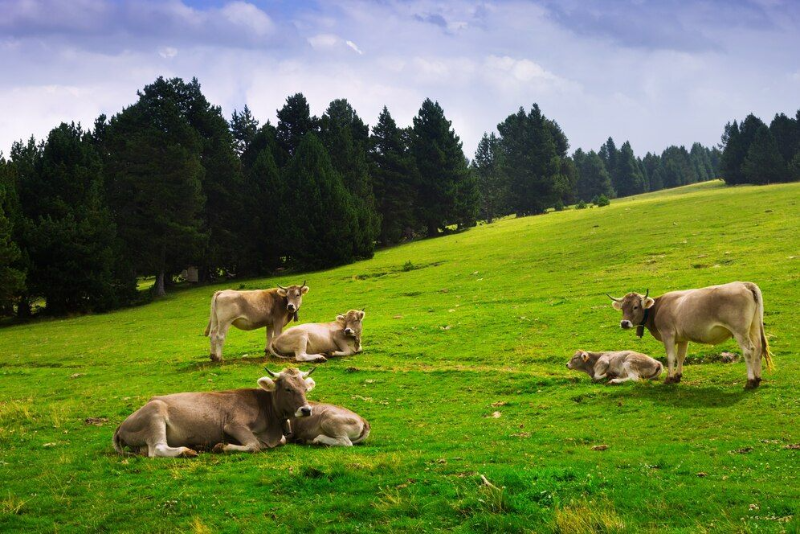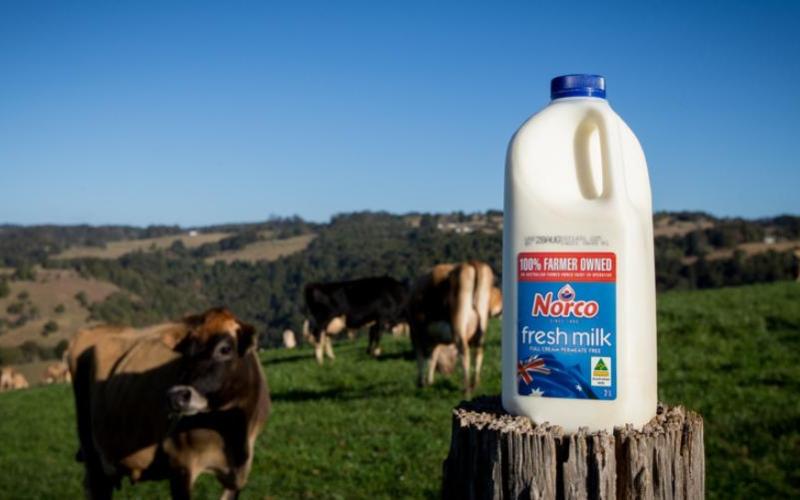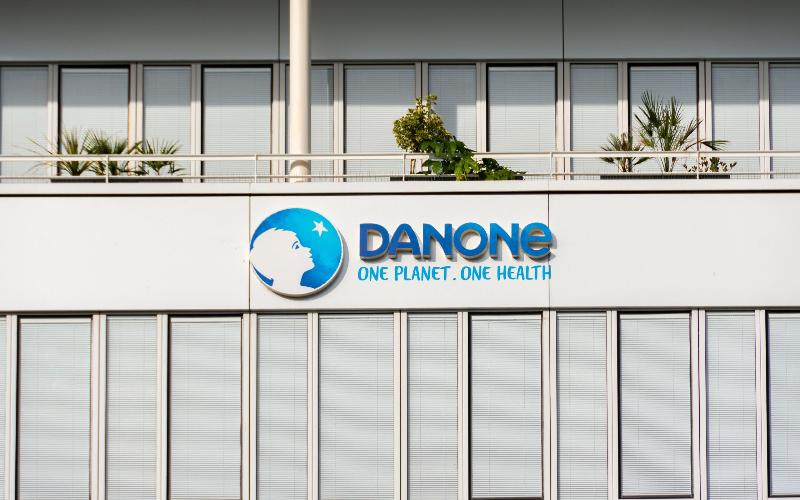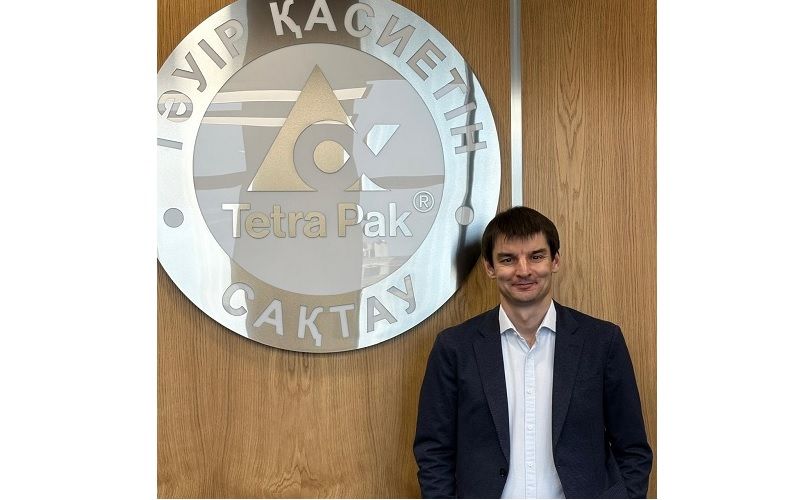Navigating Challenges: The Shifting Landscape of the European Union's Cattle Industry
Source: The DairyNews
Since 2017, the European Union's cattle herd has been on a decline, and a recent report from the US Department of Agriculture (USDA) Global Agricultural Information Network (GAIN) indicates that this trend will persist through 2023 and 2024.

Despite record-high carcass and milk prices, the contraction continues. Dairy and beef cattle farmers are grappling with reduced profit margins due to soaring feed, energy, and labor costs. Adding to the complexity, the European Commission has introduced new regulations demanding financial investments and changes in farm management practices, contributing to uncertainty and hindering farmers' ability to invest.
In Central Europe, a combination of targeted support, increasing carcass weights, and falling feed prices is expected to facilitate a modest rebound in calf production, stabilizing or expanding the herd. However, western EU Member States face further contraction in their cattle herds in 2024 due to a lack of sector support.
The diminishing cow herd and declining supply of young animals in the EU are causing a drop in slaughter rates. Projections for EU beef production in 2023 and forecasts for 2024 indicate a continued decline. With limited domestic and global beef supply, prices are on the rise, impacting retail and food service sales while also restricting EU imports of beef, especially high-quality varieties. Anticipating a decrease in domestic supply, EU beef exports are also expected to decline.
In Central Europe, a combination of targeted support, increasing carcass weights, and falling feed prices is expected to facilitate a modest rebound in calf production, stabilizing or expanding the herd. However, western EU Member States face further contraction in their cattle herds in 2024 due to a lack of sector support.
The diminishing cow herd and declining supply of young animals in the EU are causing a drop in slaughter rates. Projections for EU beef production in 2023 and forecasts for 2024 indicate a continued decline. With limited domestic and global beef supply, prices are on the rise, impacting retail and food service sales while also restricting EU imports of beef, especially high-quality varieties. Anticipating a decrease in domestic supply, EU beef exports are also expected to decline.














